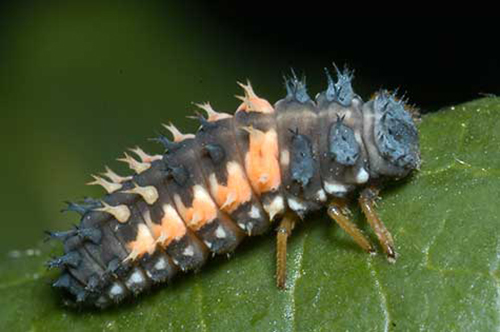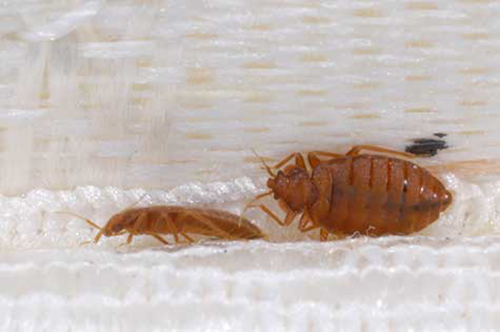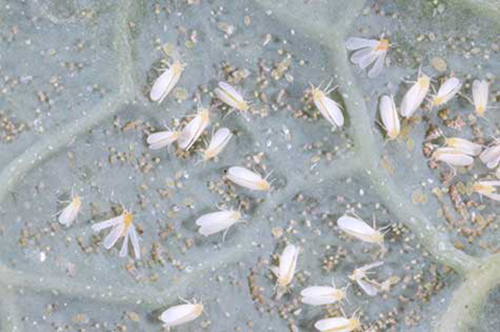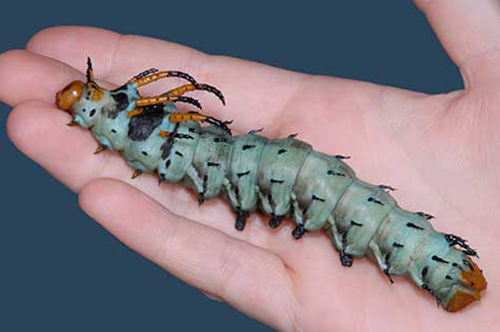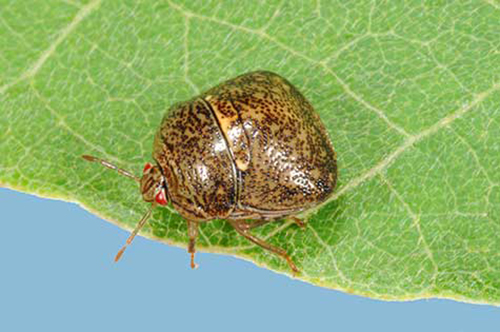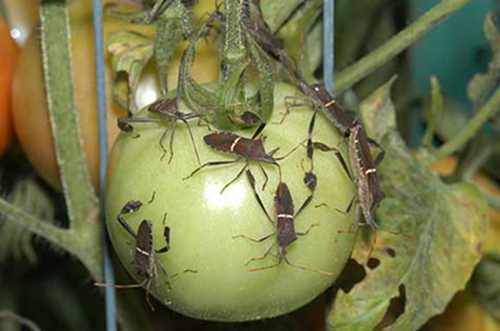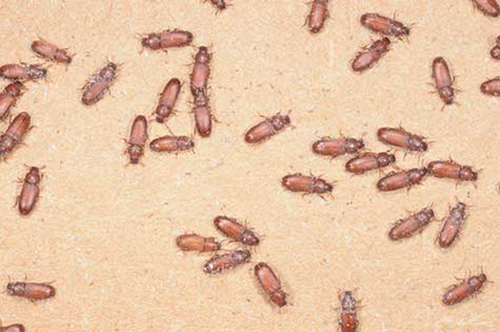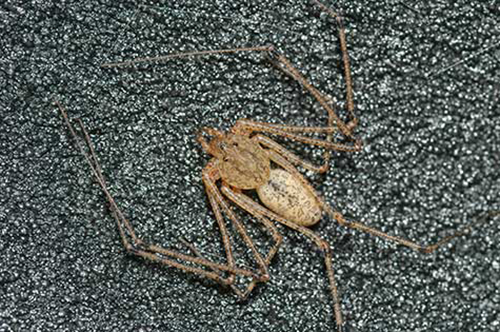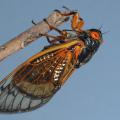Insect Identification
These are just a few examples of the kinds of questions that the MSU Extension Entomology Insect Identification Lab can help answer for concerned home owners and commercial producers. The primary goal of this service is to provide Mississippi citizens with identification and management recommendations for insect pests that affect their homes, their gardens, or the crops they are trying to produce. The lab also works closely with the Mississippi Department of Agriculture and observant Mississippi citizens to help facilitate early detection of new invasive insect pests that appear in the state.
Services:
- Identification of insect specimens mailed to the lab (preferred method)
- Identification of digitally submitted insect images
- Insect pest management recommendations provided when appropriate
Fees:
No charge for individual samples submitted by Mississippi citizens.
Send Physical Samples to:
MSU Receiving Station
Attn: Extension Insect ID Lab – 9775
405 East Garrard Road
Starkville, MS 39759
Email Digital Images to:
Sample Submission Form--please complete and send with sample:
The following physical samples will not be accepted:
- Samples containing blood, scabs, urine, feces, etc.
- Leaking samples
- Vacuum cleaner bags or similar
- Excessive numbers of specimens
- Samples with no collection information
- Other hazardous or inappropriate samples
Note: Images of skin/tissue irritations suspected by the client of being due to arthropods (insects and related) should be directed to a physician or appropriate healthcare provider. Entomologists are not qualified to diagnose human signs, symptoms, or disease. We cannot accept any digital images containing nudity or inappropriate material.
Tips for Packaging and Submitting Samples:
- Submitted physical specimens are preferred to digital images for identification purposes.
- The quality of the identification and control recommendation depends on the condition of the sample and the detail of the supporting information submitted with the sample. Insects that are simply stuck in an envelope and mailed usually get so broken or crushed that they are impossible to identify. Take time to package the sample properly.
- Small insects and soft-bodied insects like caterpillars, as well as spiders, must be placed in alcohol (preferably ethyl alcohol, but isopropyl will work) or vinegar in a small leak proof container. Then wrap the container in paper towels or other padding and pack in a crush-proof box. This is the best/preferred way to send most insect samples, including large, hard-bodied insects like beetles, crickets, etc.
- Large, hard-bodied insects such as adult beetles, grasshoppers, wasps, or true bugs, as well as butterflies and moths, can be wrapped in tissue paper or paper towels and placed inside a small, crush-proof container so they will not jostle around in shipping. Shipping in alcohol is better (except for butterflies and moths), but this method usually works for large, hard bodied specimens. Dead, dry insects that can jostle around in their shipping container usually arrive without legs and antennae, and legs and antennae are very important in insect identification.
- Include your contact information. Completing a copy of the Insect Identification Form and mailing it with the sample is the best way to do this.
- Include information on where the sample was collected and why it is being submitted. Do you want information on how to control the insect or do you just want to know what it is? For plant feeding insects please try to provide the name of the plant the insect was collected from. Knowing the host plant is key information for identifying many insect pests.
- If you desire management recommendations be sure to indicate whether the pest is in a commercial or a homeowner situation. Management recommendations for homeowner vs commercial situations vary greatly.
Tips for Submitting Digital Images
- Submitted physical samples are preferred, as images are not always sufficient for identification purposes.
- Remove specimen(s) from jar or bag before photographing. If they are moving around, you can attempt to incapacitate them by placing them in a freezer beforehand.
- Zoom out all the way on your cell phone (DO NOT ZOOM IN!) and move your phone as close to the sample as possible while still keeping the sample in focus.
- Make sure there is ample light to see the images of the sample.
- If possible, try to include a contrasting background (light background for dark sample, or dark background for light sample).
- If possible, include something for size comparison in the images. This could be a coin, paperclip, pencil, etc., but a ruler or some sort of measuring device is preferred.
- Try and stabilize the phone by setting it on top of something stable or holding it with two hands when taking the picture.
- Take and submit multiple pictures (~2-4) from multiple vantage points (top, bottom, and side[s] of specimen).
- Include Sample Submission Form in email as well as other details on the specimen (what was it was found in/on, how many were seen, etc.).
Publications
News
PICAYUNE, Miss. -- Photographers from Mississippi and across the globe can display their talent in a photo competition that introduces Bugfest 2025 – BeetleMania! The competition kicks off The Crosby Arboretum’s 23rd annual September celebration of insects and arthropods and their ecological value. This year’s fest will highlight beetles.
PICAYUNE, Miss. -- Wildlife photographers of all ages and skill levels have a venue to showcase their camera eye in an insect photo competition.
The South’s natural background music of the summer will start as soon as cicadas, known for their loud songs, emerge across parts of the state.
Blake Layton, entomologist with the Mississippi State University Extension Service, said Mississippi is home to at least 24 types of cicadas. These are classified as either annual or periodical cicadas.

